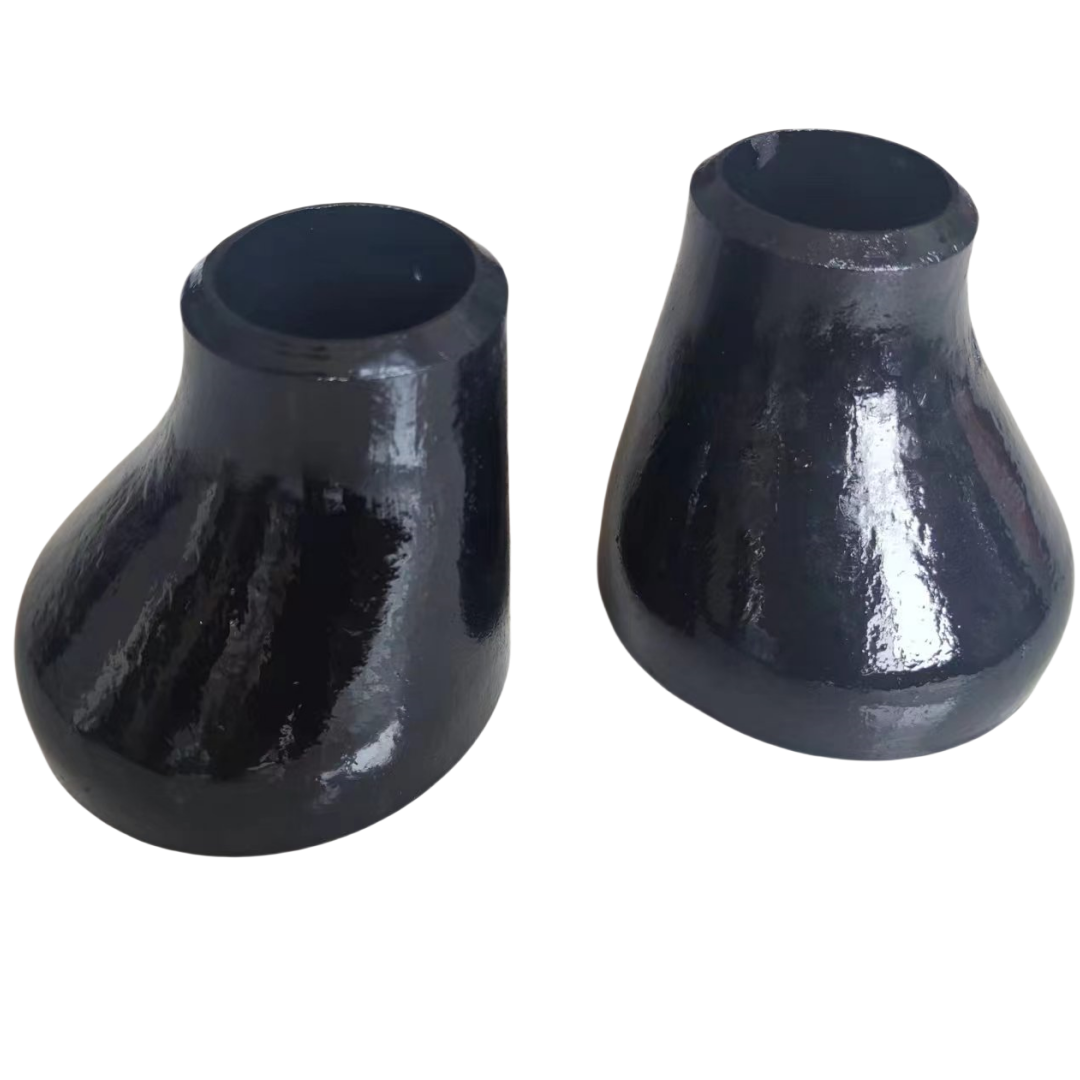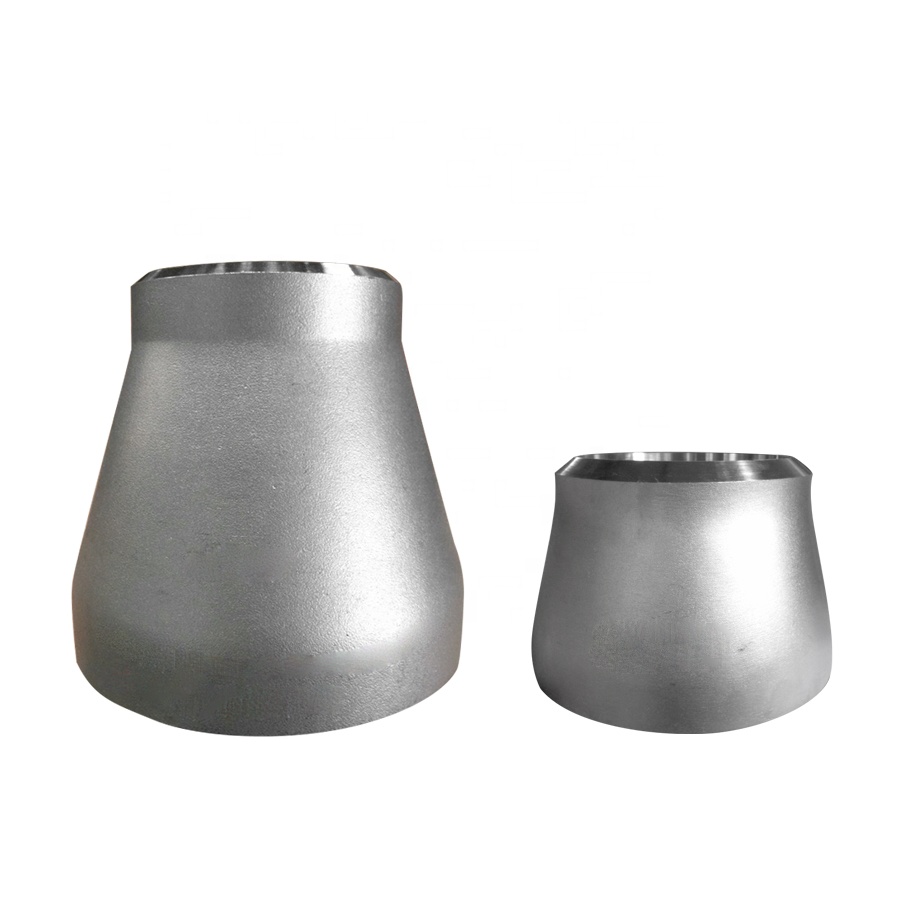In the field of pipe fittings, reducers play a vital role in connecting pipes of different sizes. When choosing the right type of reducer for your project, it's crucial to understand the differences between various materials. In this blog, we’ll take a closer look at the differences between carbon steel and stainless steel reducers to help you make an informed decision.
Carbon steel reducers, as the name suggests, are made of carbon steel, which is known for its strength and durability. It is ideal for applications requiring high strength and wear resistance. Carbon steel reducers are commonly used in industrial settings, oil and gas refineries, and chemical processing plants.
Stainless steel reducers, on the other hand, are made of stainless steel, which is prized for its ability to withstand corrosion and high temperatures. This makes stainless steel reducers suitable for applications where the risk of corrosion is high, such as the food and beverage industry, pharmaceuticals and marine environments.
In terms of physical appearance, carbon steel reducers have a matte finish, while stainless steel reducers have a shiny, reflective surface. This difference in appearance is due to the composition of the two materials, with carbon steel containing a higher percentage of carbon and stainless steel containing chromium and nickel to resist corrosion.
In terms of cost, carbon steel reducers are generally more economical than stainless steel reducers. However, when making a decision, it is important to consider the specific requirements of the project and the environmental factors it will face.
At CZIT DEVELOPMENT CO., LTD, we offer a variety of pipe fittings, including carbon steel reducers and stainless steel reducers, to meet different industrial needs. Our products are manufactured to the highest standards to ensure reliability and performance.
In summary, the choice between carbon steel and stainless steel reducers ultimately depends on the specific requirements of your project, including factors such as strength, corrosion resistance, and budget. By understanding the differences between these materials, you can make an informed decision that suits your needs.


Post time: Jun-07-2024





